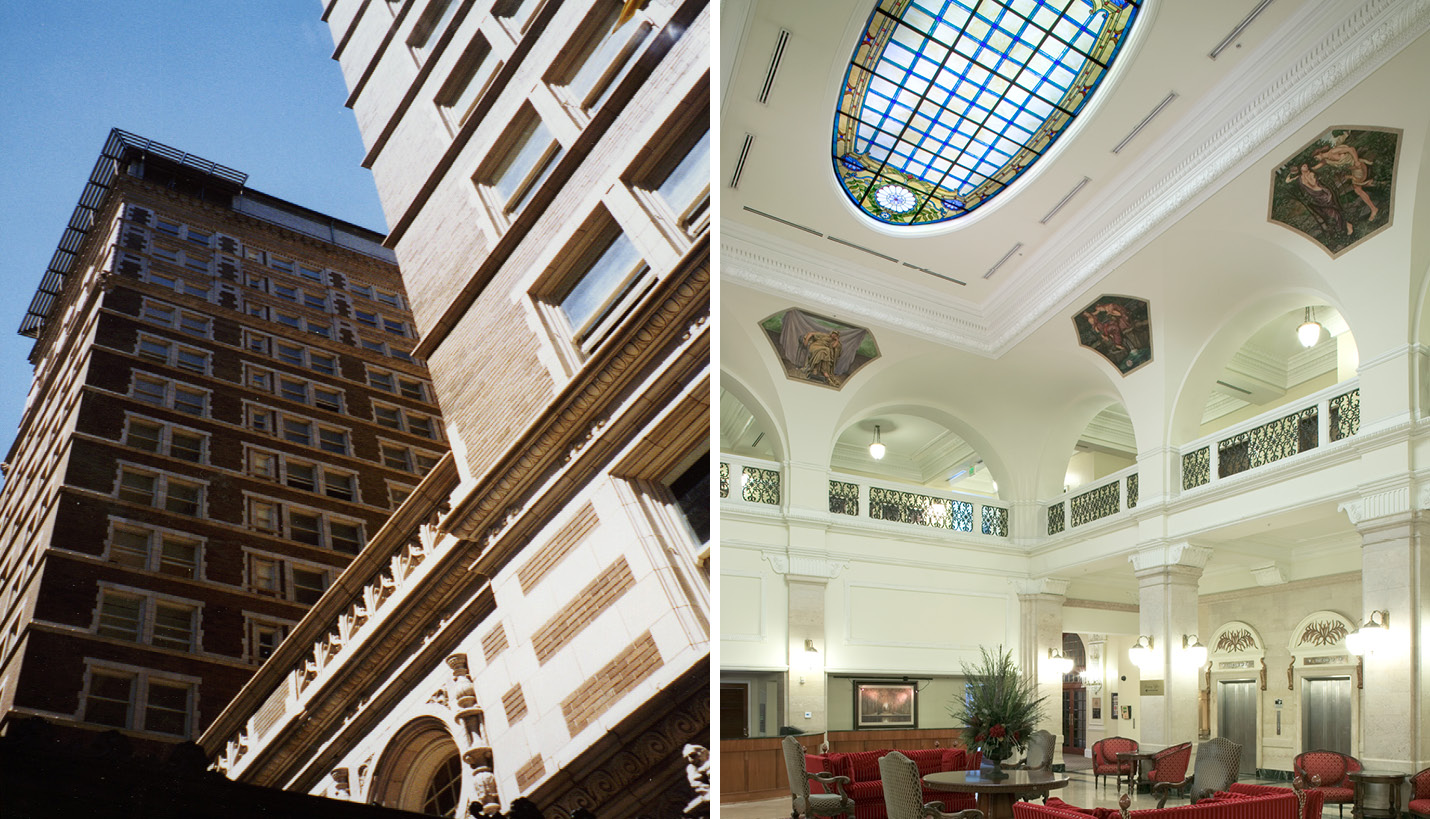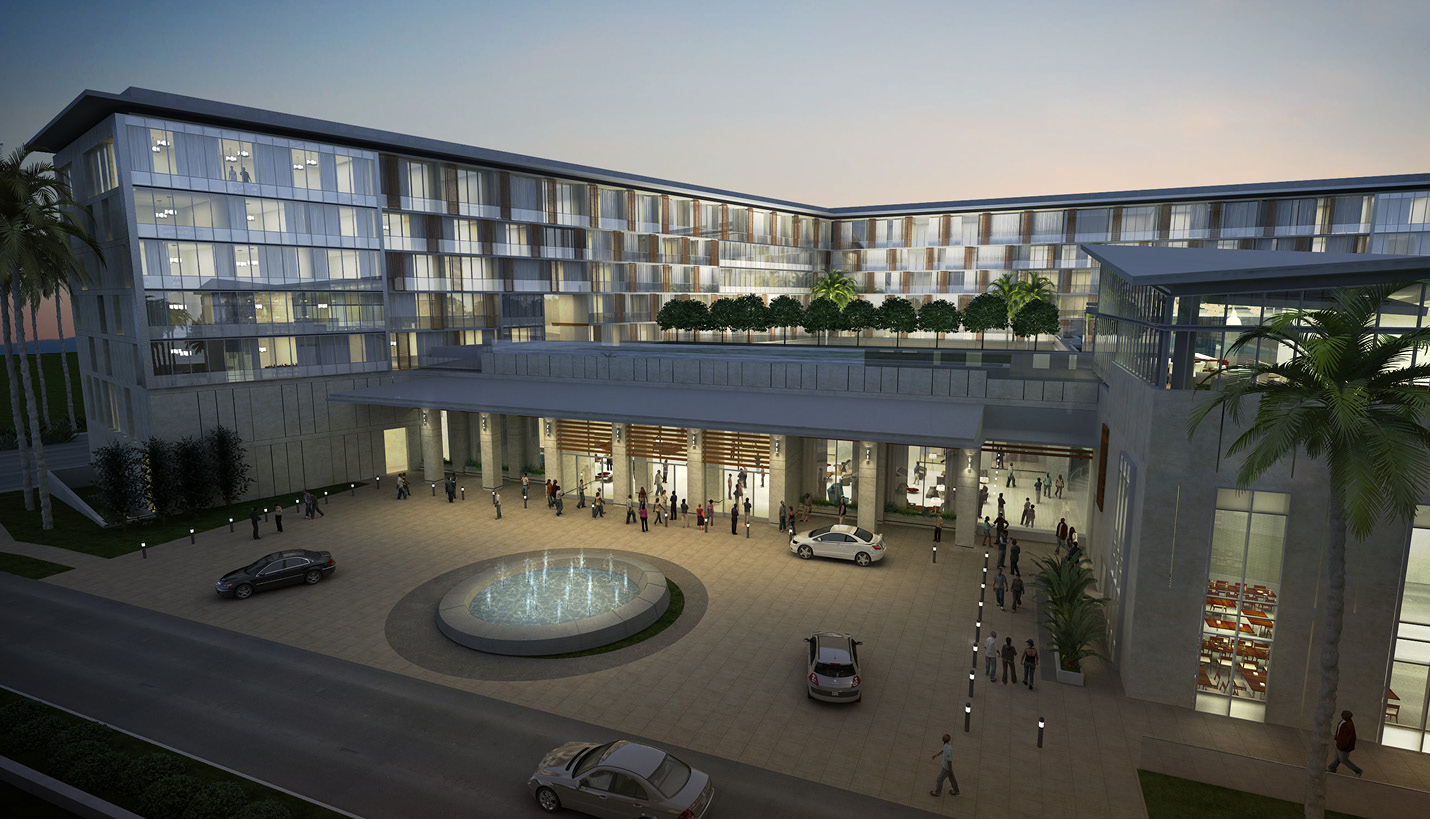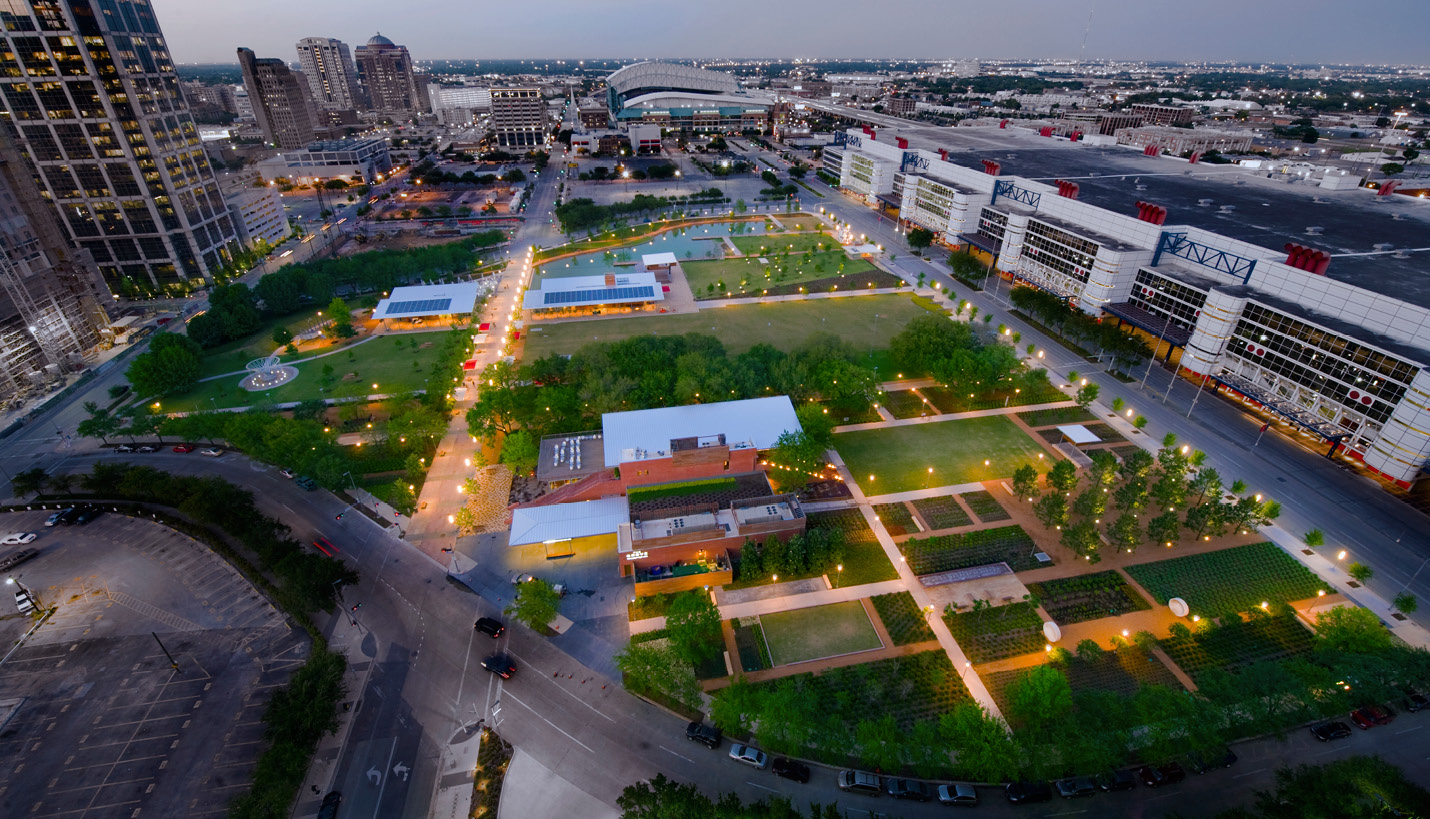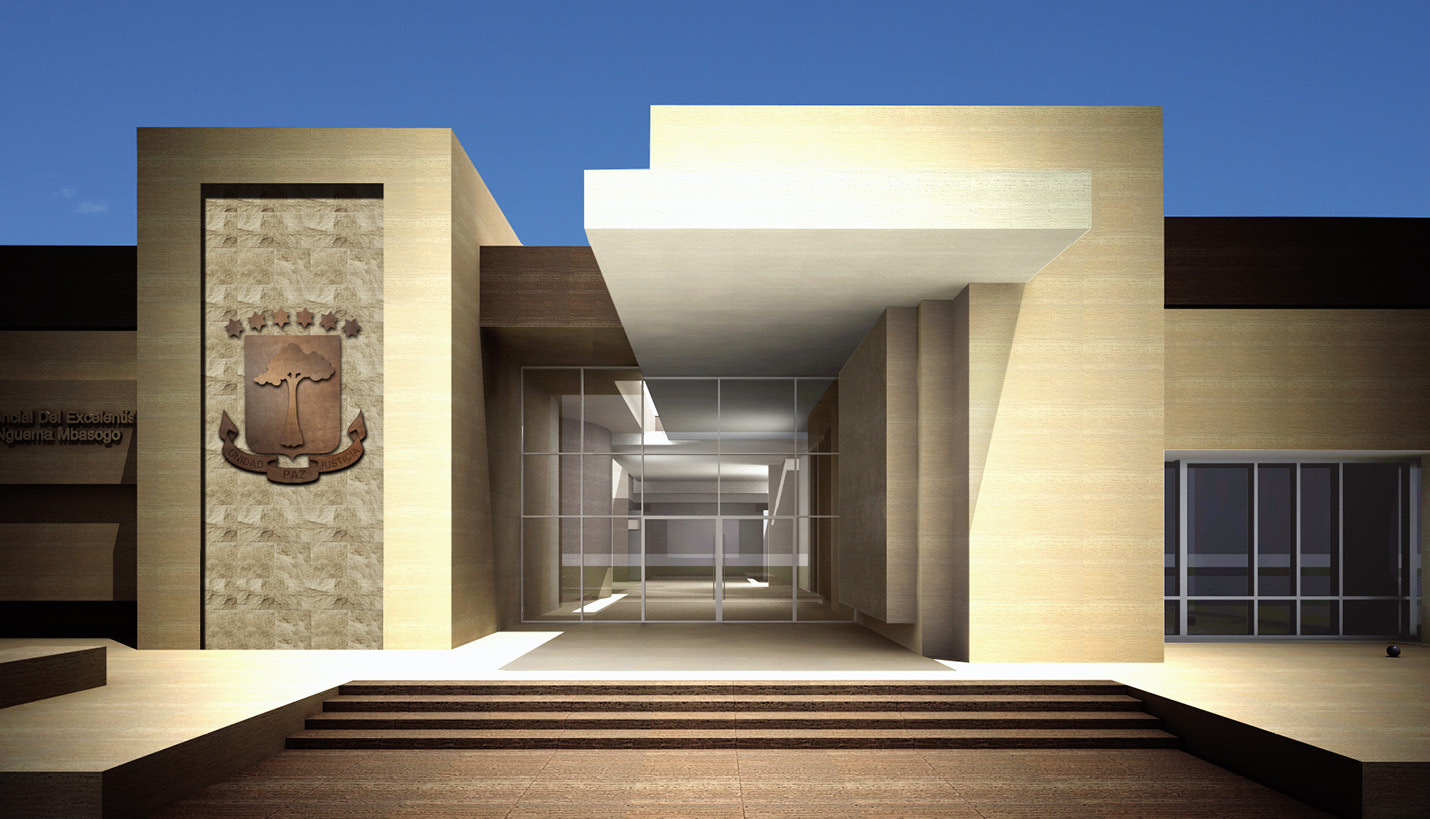





Art Chavez: Repurpose the old, think globally for the new
The son of a millwork contractor, native Houstonian Art Chavez can’t recall when he wasn’t captivated by design and construction.
His preoccupation with homes, towns and cities and the buildings within them later became his occupation, and today he designs buildings all over the globe as a Houston-based principal for Page.
His interest is not limited to new buildings, though. Chavez led the design team that renovated downtown Houston’s historic Rice Hotel in 1998 after the 1913 building had been abandoned and had fallen into disrepair.
Often heading up projects in Mexico, the United Kingdom, Africa, the Middle East and Far East, Chavez has been recognized for his ability to work on projects of every scale and complexity, regardless of location. He recently attended the 2010 Global Forum, an annual platform for government, business and other organizations to focus on international commerce. The most recent event was held in Cape Town, South Africa, and focused on issues and challenges in the developing world. He spoke with Focus Editor Nicole Bradford.
You hear a lot today about issues associated with owning and maintaining older buildings. How do you think buildings being designed and constructed today will be seen in 20 or 30 years?
If we can continue to make progress in a commitment to sustainable design, I believe we will all celebrate the work we are creating today. Developing environmentally sensitive and energy-smart buildings is not an architectural style but our responsibility. But architects can’t do this alone. We need clients, contractors, engineers, real estate brokers and communities to make this an objective.
Which of your projects in Houston stands out most in your memory?
I’d like to pick two. One is the renovation of the Rice Hotel. The Rice Hotel has been a Houston icon for almost a hundred years. The opportunity to restore one of Houston’s architectural treasures was an incredible privilege. The second project we are all very proud of is Discovery Green, Houston’s downtown park. It has had such a wonderful impact in our community, primarily because it has so much to offer every Houstonian — from play areas to the Grove restaurant, the farmer’s market, music concerts and Frisbee football. Because of its location, it serves as an excellent destination for visitors to our city.
When the Rice Lofts were reopened, there seemed to be a big renovation and revival movement in Houston’s downtown. Has that revival lost its speed in recent years?
It may have lost some momentum. However, keep in mind that there aren’t many more significant opportunities similar to the Rice Hotel, the Commerce Building and the former Texas State Hotel, all of which PageSoutherlandPage renovated and repurposed. There are still a few, like the old Texaco building on San Jacinto — formerly known as the Texas Company Building — built in 1912. It is a gorgeous building that has great potential for various program uses such as office or residential. The market is still not healthy enough to support this endeavor, but I’m hopeful once development starts up again that this building will again play a major role in downtown Houston.
Regarding your participation in the 2010 Global Forum, what did you hope to gain when you signed on? What did you learn coming out that you didn’t know going in?
I was really interested in learning about the challenges and objectives other industries are addressing in the international market, particularly in Africa — we have several projects under way in Africa and have experienced many challenges. The banking industry, for instance, is well established in many parts of Africa, but very weak in others. We are working in areas with no ATM machines and no credit-card use. Cash only — this is problematic when you consider you need to carry sufficient funds for a long trip.
Telecommunications is another area that needs major improvement. There are many areas with no land lines and no cell towers. We take these things for granted here, but imagine trying to conduct business, hold a conference call or construct a building. Let me add that Africa is a beautiful country with great people and great potential. I have had a few challenging experiences — but it is an amazing privilege to design and construct buildings and communities in Africa.
How do the needs of Houston clients differ from those on the other side of the globe? What factors do you have to consider when working in other parts of the world?
In Houston, generally speaking, we have access to a broad selection of building materials. However, for example, on our projects in Mongomo, Equatorial Guinea, we are extremely limited on building materials. Except for sand and cement, the contractor, Roth Construction, is importing all building materials from the U.S. and Europe.
In parts of the Middle East, our building designs have to respond appropriately to the issues of blowing sand. Skylights, for instance, become quite sandy after a very short time and might not be the best solution for natural day lighting. There are construction challenges that have significant impacts on building design, such as the availability of cement and sand in the area. The characteristics of critical ingredients for concrete determine the loading and spanning of the structural system.
Houston Business Journal: Art Chavez: Repurpose the old, think globally for the new
Contributed By
Nicole Bradford, Houston Business Journal
01/28/2011
People
Related Posts
- Historic Downtown Building Update Connecting Tradition with Today
- Historic Page-Renovated Downtown Building Up for Sale
- A New Tower for Downtown Austin
- The Rice Re-imagined
- Repositioning Houston's Hottest Multifamily Properties
- Houston Welcomes 75th Annual TxA
- Details on former Rice Hotel renovations revealed








